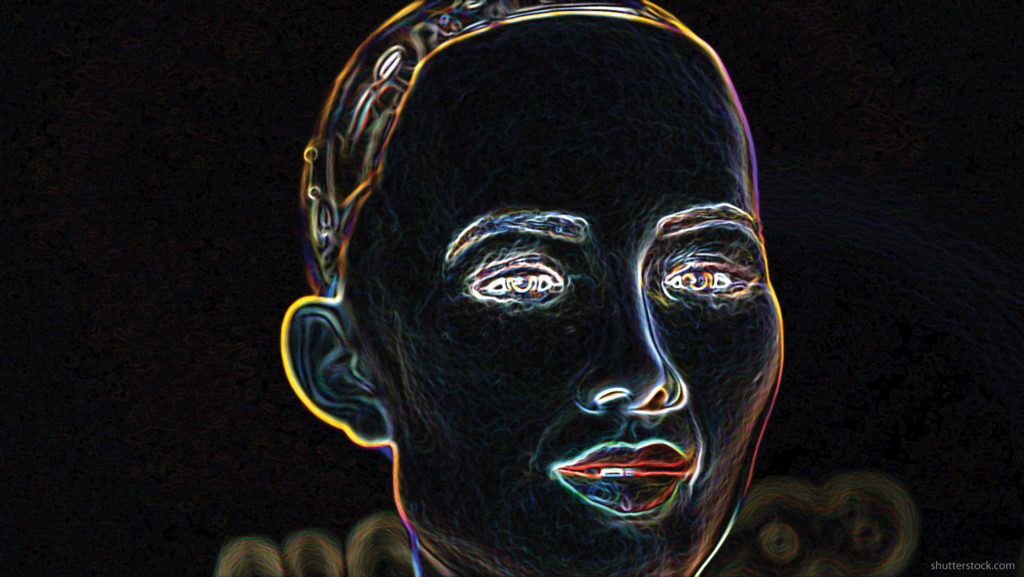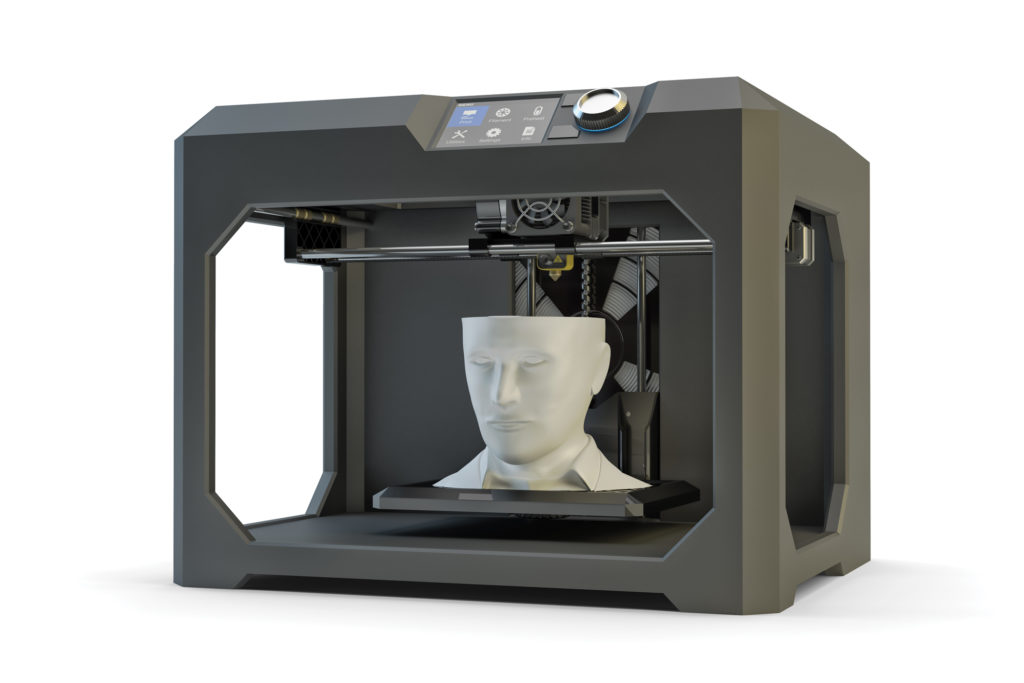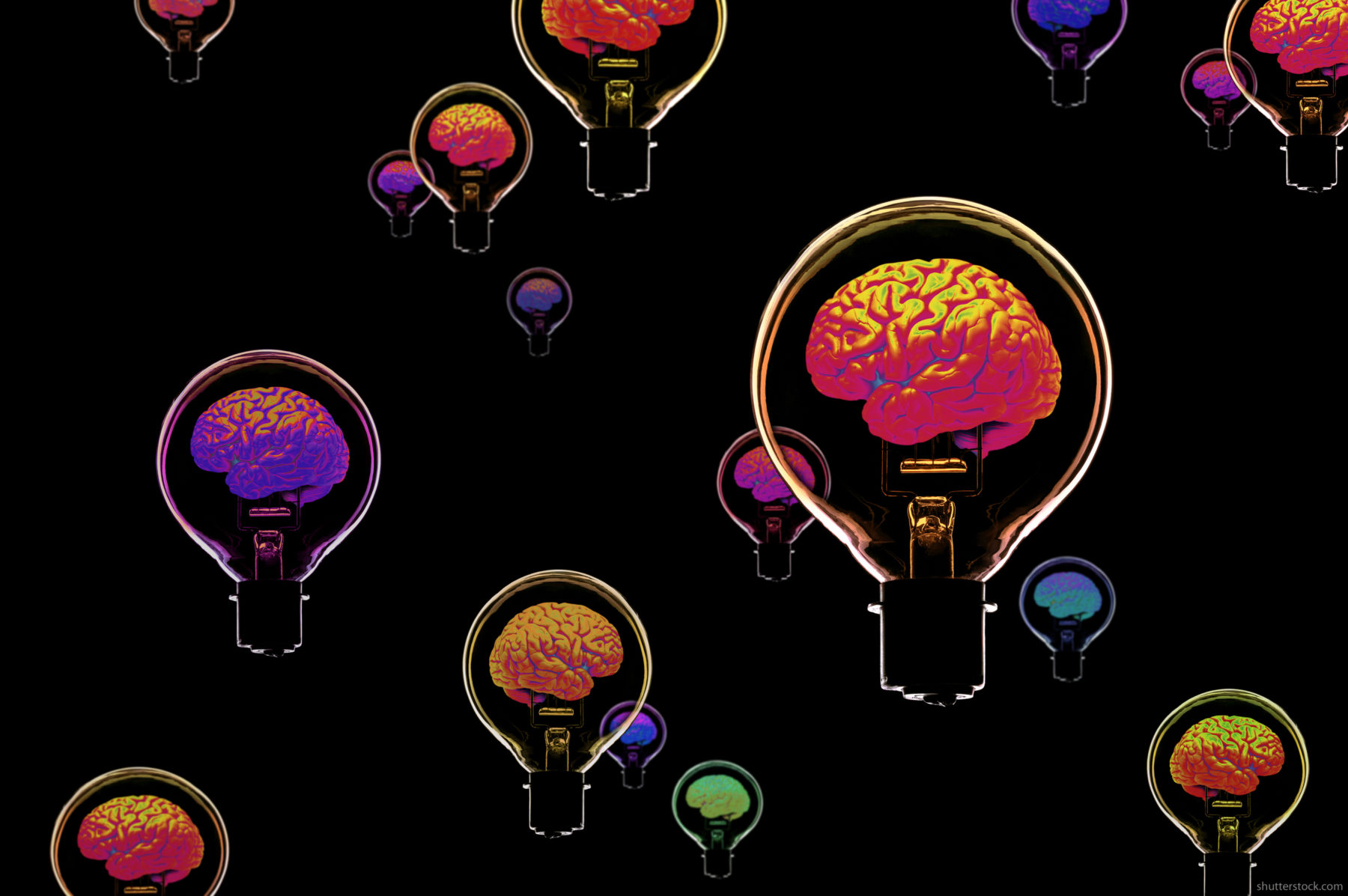Perhaps more than any concept in the life sciences industry, change is the single-most idea that pushes companies out of their comfort zone. And paradoxically, it’s this very sea change that drives new companies and industries right into a maelstrom of change to reinterpret innovation and grab the vast financial reward that healthcare can offer. The year 2018 is at the leading edge of these changes and may very well be what Malcolm Gladwell has famously labeled a “tipping point.” But the story really doesn’t start in 2018. It really begins back 100 years ago when a very similar technology pattern was forming.
Do you remember what happened in the year 1900? Your instincts are correct—nothing. Well, basically nothing. The early part of the 20th century was slow going. But it was only when we moved into the second decade that things began to take off! Of course, the airplane was one of these significant inventions. But other important issues and events emerged during this decade from social strife and turmoil of World War I and the Russian Revolution to the recognition by society that science and innovation were part of our lives and not just hidden in the ivory towers of academia.
The very same dynamic is taking shape now in the 21st century. And while Y2K was the big event that “didn’t happen” in 2000, we see a strikingly similar late start to our century. In fact, the spark of change was first noted in 2007 with the launch of the smartphone. Since that moment, we’ve been in a tumultuous convergence of change that is pushing the life sciences industry to a point of unstable equilibrium that can be defined by a simple word—disruption. And unlike a single point of change, such as the Gutenberg’s printing press, we are seeing changes across a variety of fronts that are driving change. While each of these points of change may vary in timing and intensity, it’s clear that 2018 ushers in those that can redefine an industry, and along the way, the very essence of humanity.
Right now, we are seeing key changes at the FDA in both procedure and personnel. In a recent statement to Congress, Scott Gottlieb, MD, the new head of the agency, has clearly indicated that technology and innovation are key aspects of tomorrow’s FDA.
“The first is the opportunities offered by new science and technology,” Gottlieb says. “Gene and cellular therapies, more targeted drugs, regenerative medicine, digital health tools, and new biomaterials offer the potential for dramatically better, and even curative, therapies for many disorders.”1
Let’s take a closer look at this convergence and get a sense of some of the major trends that are looming in the not so distant future.
1. Artificial Intelligence
The hype and promise of AI have attracted much criticism. But the simple reality is that technology is getting smarter at an exponential rate. From Ray Kurzweil’s predictions of the singularity to Elon Musk’s warning of the potential domination of AI over humans, the emergence of sophisticated, self-taught, and empowered technology is the cornerstone of this remarkable transformation that is taking a foothold on our lives.
2. The Internet of LIFE!
Some call it the Internet of Things (IoT). But my sense is that it’s really a new level of connectivity that will mirror our own central nervous system and of life itself. Sensors, combined with advanced processing, will assemble a reality that will become less an option and more an imperative. Further, the concept of vast connectivity will shift from the social to political as the Internet and data become the topic of debate. The question will become: Is access to the Internet and connectivity a basic human right?
3. Data
While big data and big data analytics become common terms of business and culture, the profound role of data—as a powerful window into humanity—will take shape and review key insights into our lives. And the insights derived from big data will impact mankind to the point of pushing human evolution along new and unexpected paths. Simply put, we will shift from organ donors to data donors.
4. Robotics

While robotics is nothing new to medicine, the combination of AI and functionality will push the use of robots to a new and expanded role. Some will take a human-like form and provide a traditional substitution. Personal care and social engagement will emerge strangely and a robot might just become someone’s best friend. While other robotic technology will be much less human, it will nevertheless provide services that were once the domain of a carbon life form. An example is the pharmacy, where dispensing, inventory, and quality control can be largely performed by robotic technology.
5. Genomics
The code that drives our computers is similar to the genetic code that manifests life. The advances in genomic analysis and manipulation, CRISPR, and immuno-oncology are two examples of fundamental technologies that are changing the game. Even the price for full analysis is falling off the cliff to just hundreds of dollars for a complete genome. And as utility expands, the cost will push to zero as the information itself gains value beyond its cost of analysis. From at-home genetic tests to vast genomic-mediated molecular compound screening in drug development, the rise of genomics will help define and shape both medicine and pharma.
6. Regenerative Therapy
The promise of life extension and life expansion is firmly connected to the idea of regenerative therapy. The old model of “nursing” a sick organ along the slow continuum to death will be replaced by organ substitution and regeneration. From the emergence of the artificial pancreas to stem-cell mediated organ repair and renewal, our bodies will finally get the type of care where we provide essentials—like cars! When on organ wears out, we can change it—like a tire—and provide new therapeutic options for conditions such as congestive heart failure and type 1 diabetes.
7. 3D Printing
 The role of 3D printing has taken a foothold. From industry to our homes, a 3D printer is common and almost mundane. In the pharmaceutical industry, this technology is becoming less a novelty and more a significant point of innovation in three areas. The first is in mechanical printing of fixed structures in areas such as orthopedics and dentistry. Both accuracy and speed are pushing these innovations into the mainstream. The second is personalized drug printing. From unique dosages to customized drug combinations, the days of compounding might be replaced with 3D printers. However, innovations in dosages and combinations still face the scrutiny of drug regulations and approval. The third and perhaps most interesting aspect of 3D printing is bio printing or the printing of living tissue. From organ growth to printed tissue cultures for animal-free drug testing, this area can be truly transformative. Mechanical stability and human-scale still is difficult, but the integration of various compounds combined with advanced imaged templates offer critical aid for these challenges.
The role of 3D printing has taken a foothold. From industry to our homes, a 3D printer is common and almost mundane. In the pharmaceutical industry, this technology is becoming less a novelty and more a significant point of innovation in three areas. The first is in mechanical printing of fixed structures in areas such as orthopedics and dentistry. Both accuracy and speed are pushing these innovations into the mainstream. The second is personalized drug printing. From unique dosages to customized drug combinations, the days of compounding might be replaced with 3D printers. However, innovations in dosages and combinations still face the scrutiny of drug regulations and approval. The third and perhaps most interesting aspect of 3D printing is bio printing or the printing of living tissue. From organ growth to printed tissue cultures for animal-free drug testing, this area can be truly transformative. Mechanical stability and human-scale still is difficult, but the integration of various compounds combined with advanced imaged templates offer critical aid for these challenges.
8. The Smartphone
The future will continue to put technology in the palm of your hand. We now have an FDA-approved ECG monitoring device with AliveCor’s Kardia Band monitor that works with a smartphone and Apple Watch band to monitor for cardiac arrhythmias including atrial fibrillation. That’s only the beginning. The smartphone will be a conduit through which health and medical information will flow for patient and clinician alike.
9. Mixed Reality
The technological advances and significant investments in artificial and augmented reality make them the logical next step as we move beyond the graphic interface and touch screens to a more immersive reality. Mixed reality will provide new educational modalities, borderless exchange of live events, such as surgery and hospital rounds, as well as heighten experiential engagements to enhance empathy.
The changes are vast and significant. For me, the interesting aspect of today’s sea change is that almost any one of these innovations itself can be a proverbial game-changer. Each has the opportunity to be a Gutenberg moment for pharma and medicine. Yet, today, we stand firmly at the center of the storm of change—a maelstrom of wonder—where this convergence and many synergistic combinations are poised to launch our 21st century as one of medicine and health. Change, disruption, instability, and the critical social need for change are the forces that will tip the system and deliver a path not unlike the precipitous downward journey of a roller coaster. When it happens—not if—the joy of the adventure will be matched by the screams of terror. But one thing is for certain; the tipping point of 2018 will be the ride of our lives.
References:







